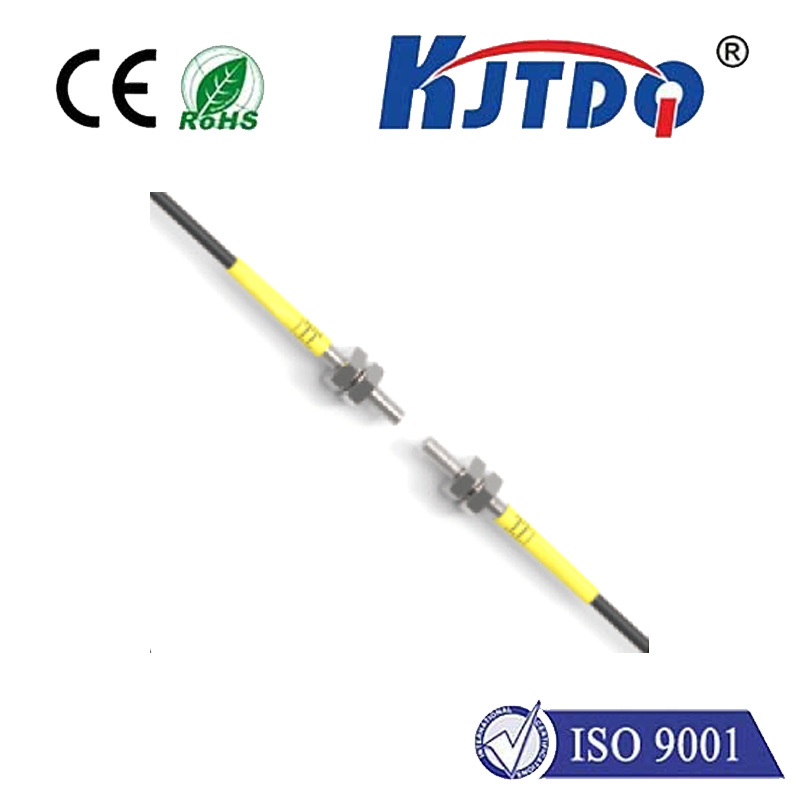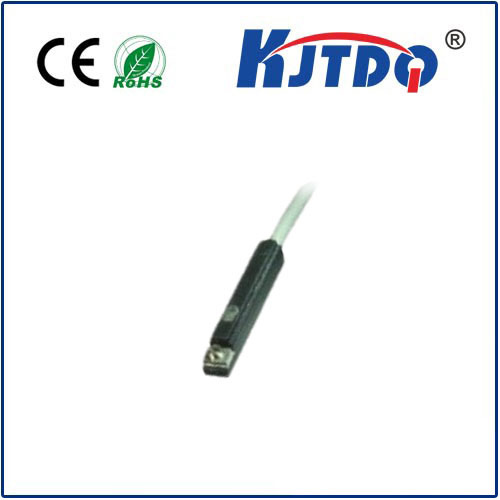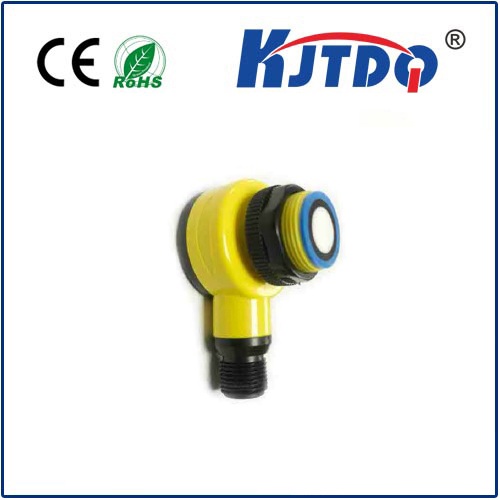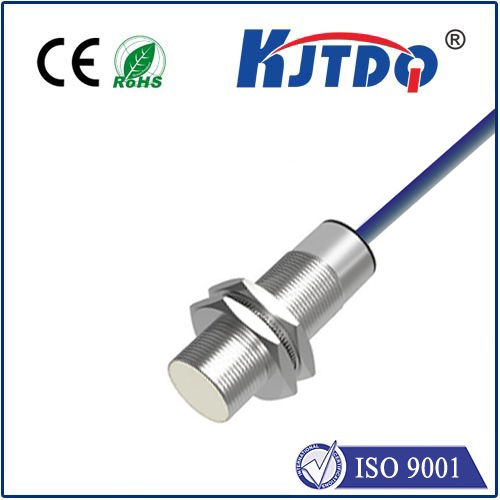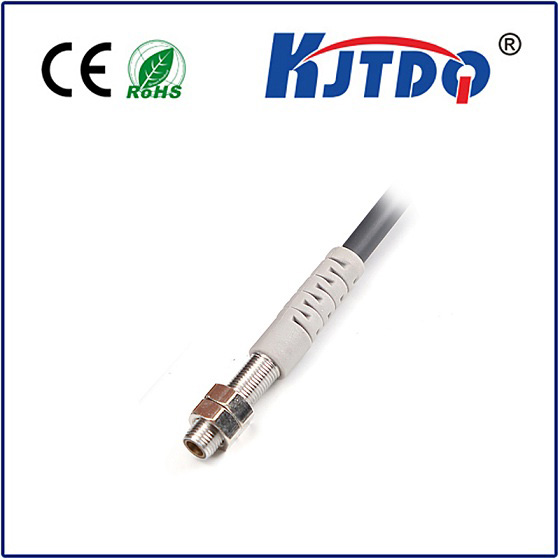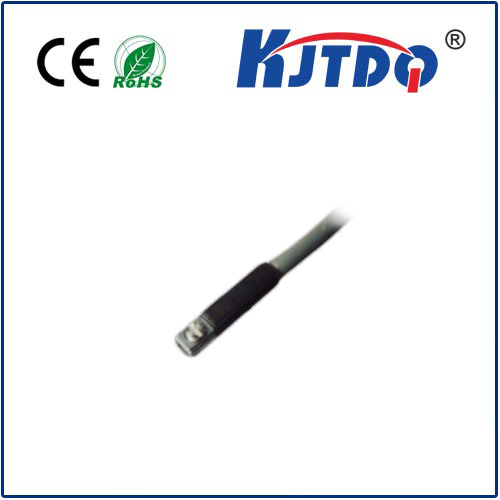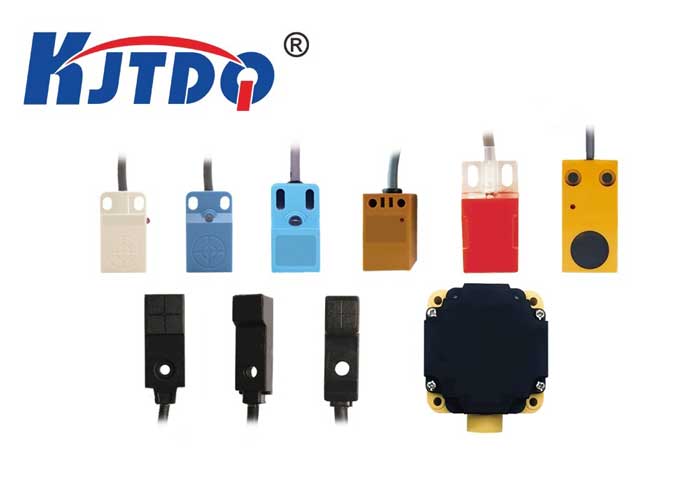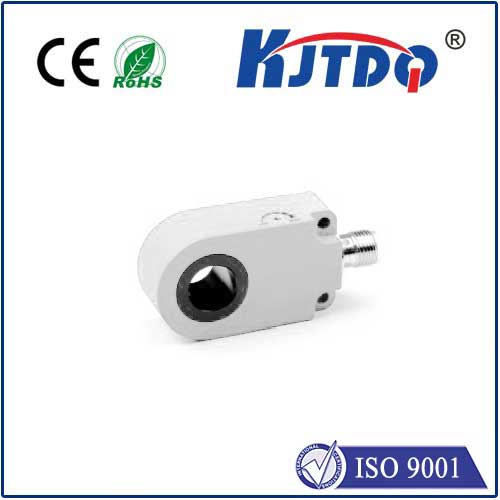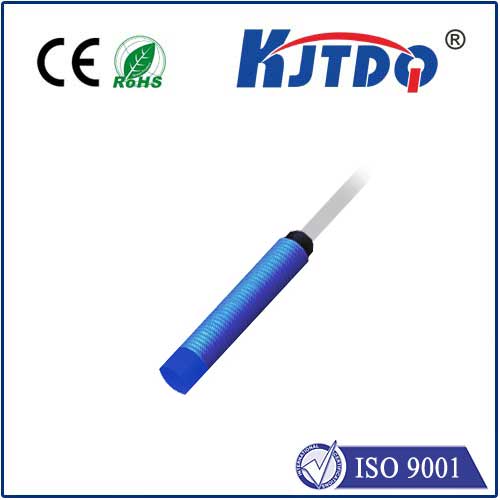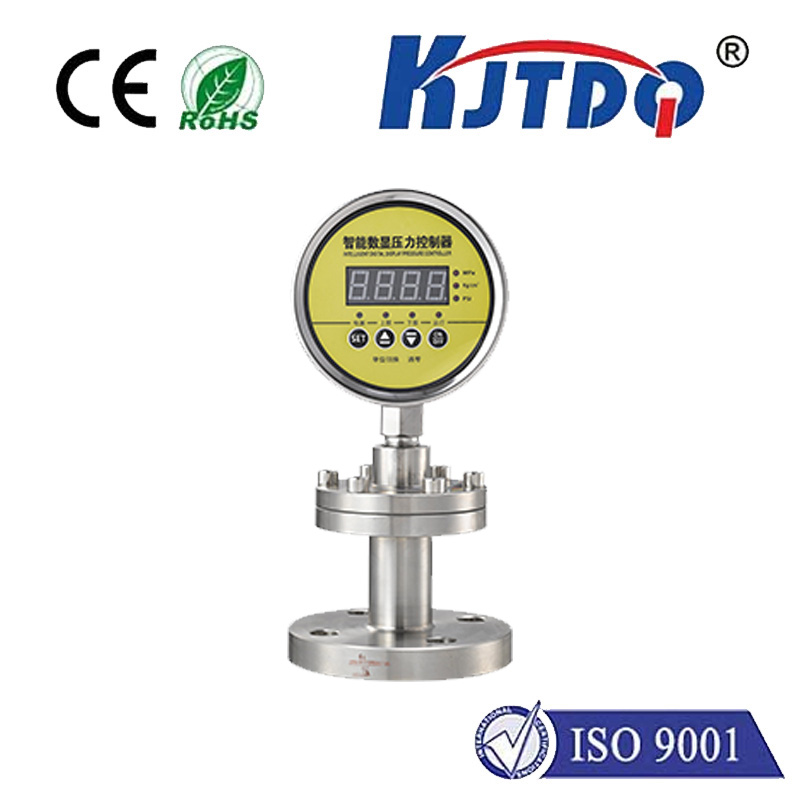

check

check

check

check

check

check

check

check

check

check
In the high-stakes world of modern manufacturing, packaging, and printing, where fractions of a millimeter can mean the difference between flawless output and costly waste, a silent sentinel ensures perfection: the mark sensor. Far more than just a simple detector, this sophisticated photoelectric device is the cornerstone of precision registration, quality control, and automated efficiency, acting as the critical “eye” that guides machinery with unerring accuracy. Understanding how mark sensors function and their pivotal role reveals why they are indispensable in countless automated processes.
Decoding the “Mark”: What Exactly is a Mark Sensor?
At its core, a mark sensor is a specialized type of photoelectric sensor designed to detect specific contrasting patterns or “marks” on materials. These marks are typically pre-printed or applied during the manufacturing process and serve as precise reference points. Unlike standard photoelectric sensors that might simply detect the presence or absence of an object, mark sensors possess advanced capabilities tailored for discerning specific visual cues, primarily leveraging differences in contrast.
The principle revolves around light interaction. The sensor emits a beam of light – often visible red light, high-power red light, or specialized wavelengths like green or blue – onto the target surface. A high-sensitivity receiver measures the intensity of the reflected light. When this beam scans over a contrasting mark (e.g., a black mark on a white background, or a shiny mark on a matte surface), the amount of reflected light changes dramatically. The mark sensor’s sophisticated electronics are finely tuned to detect this specific change in the contrast ratio or light intensity. This detection event generates a reliable electrical signal used to trigger precise actions within the machinery.
Beyond Simple Detection: The Critical Role in Registration and Control

The true power of mark sensors lies in their application for registration control. This is fundamental in processes requiring multiple operations to be perfectly aligned. Consider, for instance:
Choosing the Right Eye: Types of Mark Sensors
Not all marks or backgrounds are created equal. To handle diverse applications, several specialized mark sensor types exist:
Key Advantages: Why Industries Rely on Mark Sensors
The widespread adoption of mark sensors is driven by tangible, critical benefits:
Implementing Success: Factors for Optimal Mark Sensor Performance
Specifying and installing a mark sensor requires careful consideration:
The Indispensable Guide in Automated Precision
From the vibrant pages of a glossy magazine to the perfectly sealed box on a supermarket shelf, mark sensors work tirelessly behind the scenes. They are fundamental technologies for achieving the levels of speed, quality, and efficiency demanded by modern industry. Their ability to consistently detect minute visual cues and provide the precise timing signals needed for complex machinery synchronization makes them more than just sensors; they are the unseen guardians guiding the intricate dance of automation. As materials and processes continue to evolve, the capabilities of mark sensor technology – particularly in color recognition and stability – will only grow more sophisticated, solidifying their role as an essential cornerstone of intelligent manufacturing and high-precision converting.
